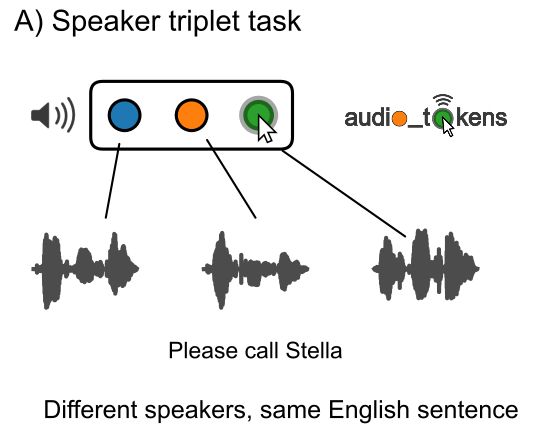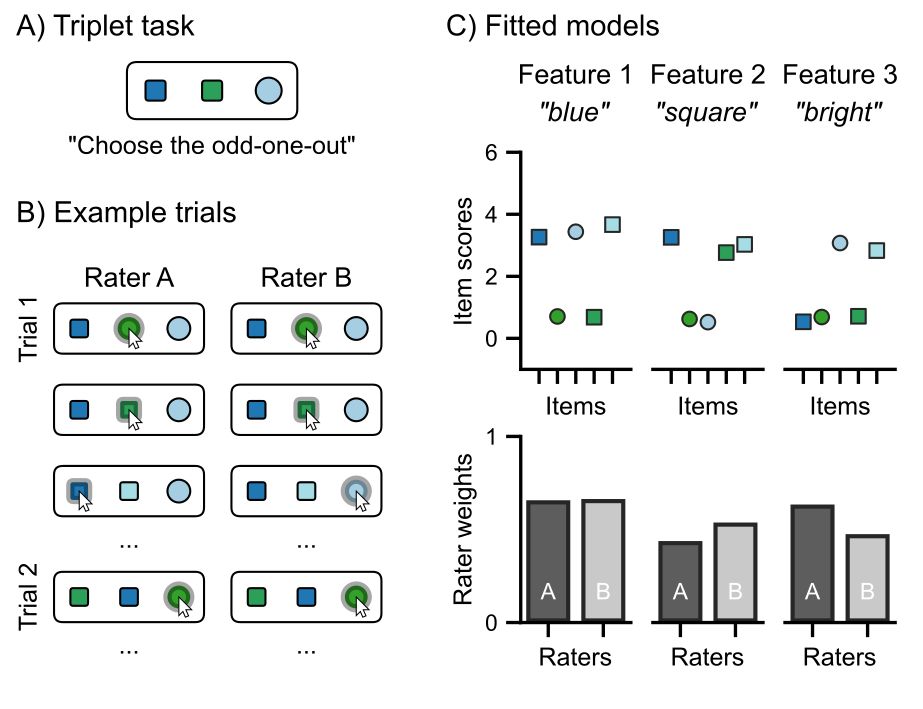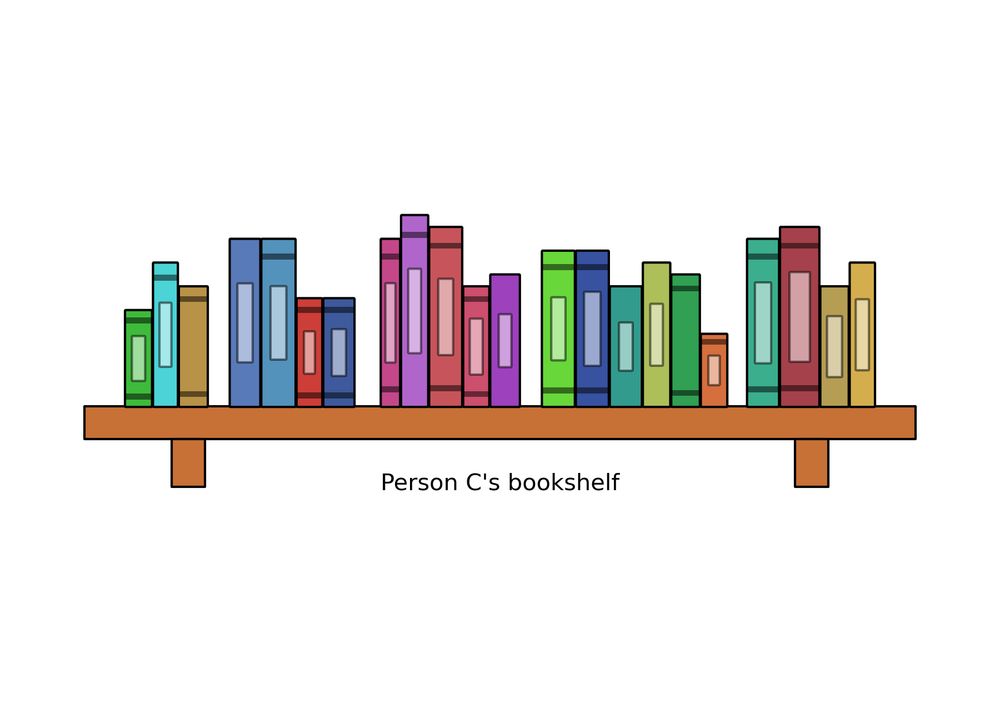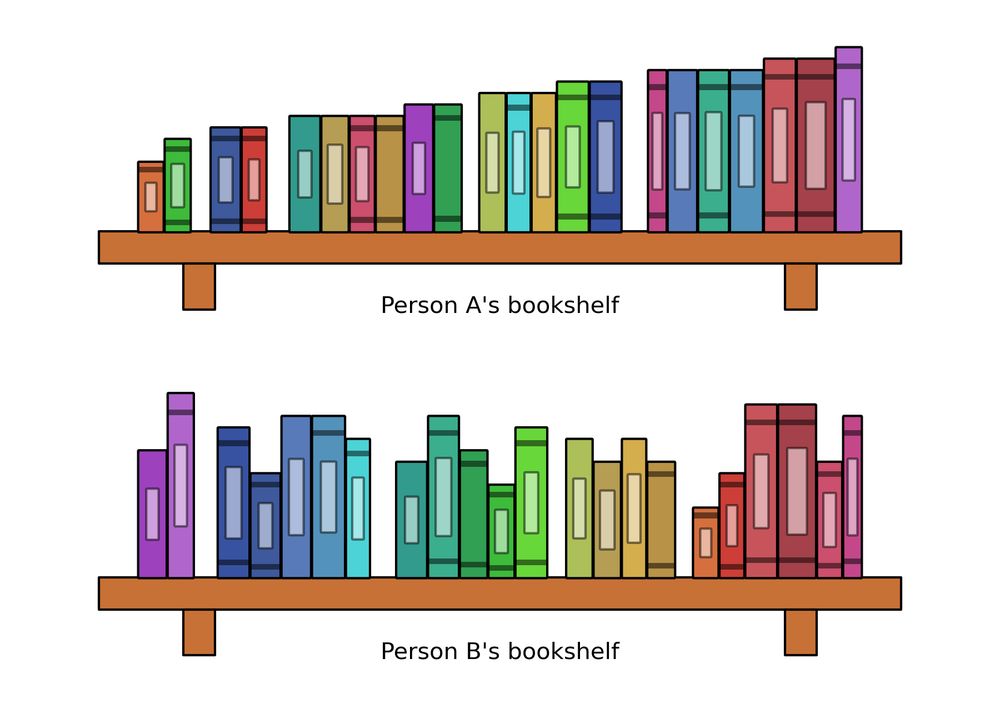

See the link below to choose a time
in the appointment schedule. An appointment is required for administrative purposes.
docs.google.com/forms/d/1w47...

See the link below to choose a time
in the appointment schedule. An appointment is required for administrative purposes.
docs.google.com/forms/d/1w47...








